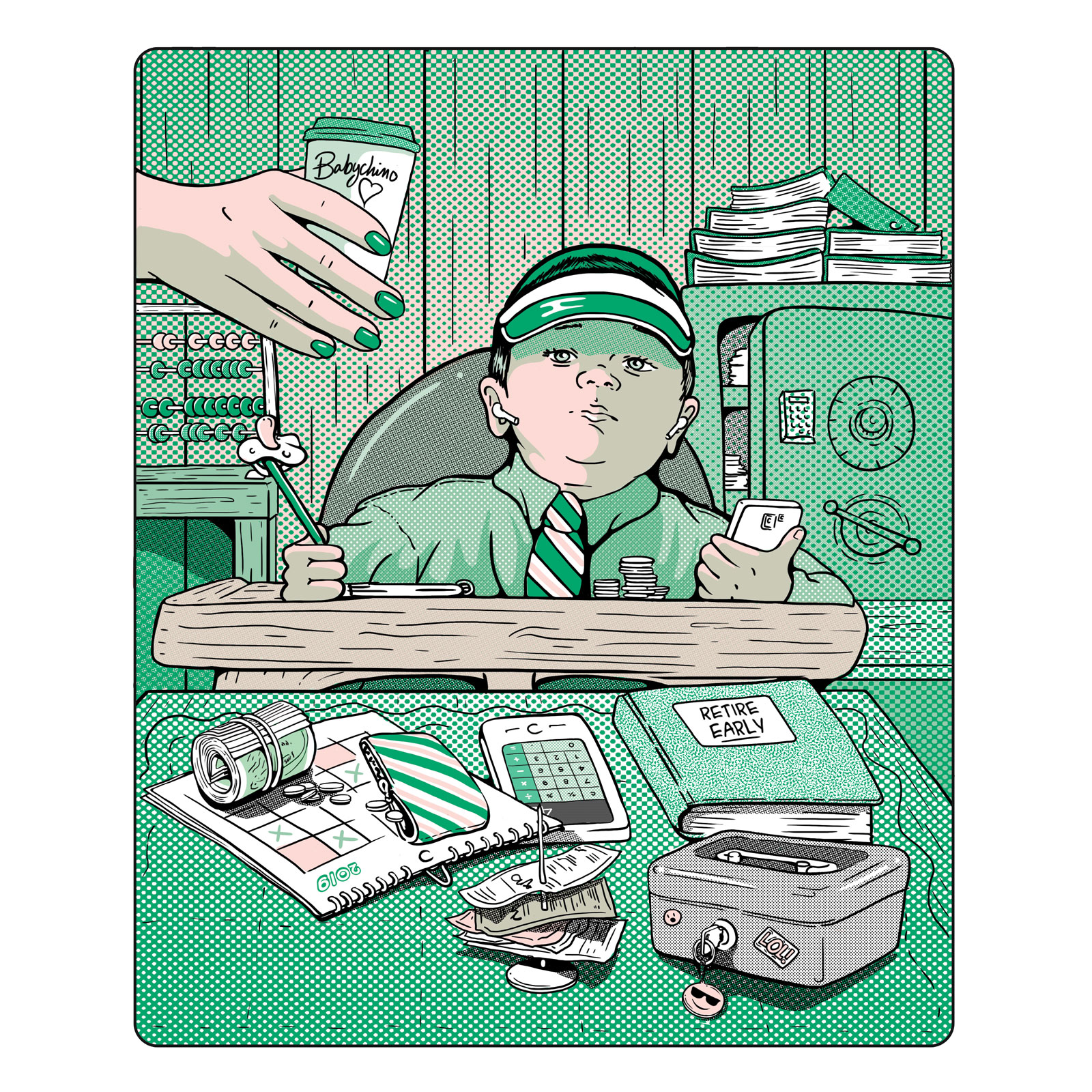 Image Credit: Cat Sims
Image Credit: Cat Sims
Budget Like a Boss
A budget is a powerful, simple tool. Here’s how you can get started on making one of your own.It’s the end of 2019 and on your list of things to improve in the new year may just be your finances.
One of the best first tools you can use to create a healthy financial life for yourself is a budget. A budget often gets a bad rap, but it’s simply a plan that you create for your money. Sticking to a budget doesn’t mean you can’t spend money, it just means that you’ve created a plan for how you’re going to spend money and follow it each day.
While a budget is a powerful tool, it’s also a simple one. There are no fancy tricks and no crazy financial jargon. If you haven’t created a budget before, here’s how you can get started.
Step 1: Know How Much Money You Earn
How much money do you earn each month? You might have a full- or part-time job that pays the same amount every month. If so, this part is easy! Go back to your paychecks and calculate how much you earn on a monthly basis. If you get paid multiple times per month, add them together.
If you earn a different amount each month, you might need to do a little more investigation to figure out how much you earn on average. Look back at your bank accounts and figure out your average monthly income. You can use this as a starting point for your budget.
Step 2: Know How Much You Spend
Now it’s time to take a deep dive into your bank and credit card statements. Before you can build a plan for your spending, it’s important to understand how you’re currently spending your money.
The goal of looking at your past spending is to understand how much you spend in different areas. You’ll want to start grouping your expenses into these categories:
- Needs: expenses that you need to pay every month. This includes things like rent, utilities, debt payments (student loans, a car loan, credit card payments, etc.), transportation and groceries.
- Wants: expenses that you don’t need but may still be important to you. Things like eating out, social activities and hobbies.
- Irregular expenses: ones that you don’t pay monthly and may pop up once a year, like Christmas presents and car insurance. It’s good to calculate how much this spending would be on a monthly basis. For example, if you spend $300 per year on Christmas presents, that would be $25 per month ($300 for 12 months). It’s helpful to include these irregular expenses as a monthly cost so your budget doesn’t get thrown off each time they pop up.
“Sticking to a budget doesn’t mean you can’t spend money, it just means that you’ve creat- ed a plan for how you’re going to spend money and follow it each day.”
Step 3: Know How Much To Save
A budget is a great way to make sure you’re putting money towards your future goals. So, what are your goals and how much do you want to save each month to reach those goals? You’ll probably have both short- and long- term goals like saving for a vacation, a house or retirement.
Once you know your goals, decide how much you want to save. Deciding how much to save requires some balance. The more you save each month, the faster you’ll reach your goals. But the more you save each month also means you’ll have less money to spend.
Step 4: Create Your Plan
Now it’s time to put all of the pieces together into a plan that works for you. Take out a piece of paper and start writing:
- At the top, write down your monthly income.
- After your monthly income, list out how much you want to save each month.
- Next, write out all of the expenses on your monthly needs.
- Then list all of your expenses on your wants.
- Lastly, write out how much your irregular expenses would cost if you paid them monthly.
Subtract all of your monthly spending and saving from your monthly income. If the number that remains is zero or greater, congratulations. You have a budget that works!
If not, don’t panic. You simply need to spend some time readjust- ing. Look at how you’re currently spending your money and see if there is a way to easily change things. Maybe you spend too much money eating out. By simply cooking at home more, you can create a budget that works.
Don’t get discouraged—get creative! Once you find a budget that reflects how you’d like to spend your money, you’ve created a solid financial foundation for yourself.
FOR FURTHER STUDY
Podcast:
“So Money” with Farnoosh Torabi
Book:
“Get a Financial Life: Personal Finance In Your 20s and 30s” by Beth Kobliner
Article:
“How to Pay Off Debt” by Dave Ramsey
Video:
Sticking to a budget month after month can be challenging. This video (bit.ly/2nPikBQ) will show you how to automate your accounts so money moves where it needs to go automatically.

Erica Gellerman is a Certified Public Accountant (CPA) with an MBA, personal finance writer and founder of The Worth Project. Her work has been featured on Forbes, Money, Business Insider, The Everygirl, The Everymom and Lifehacker. She currently lives in Hawaii with her husband, son and sweet dog.



